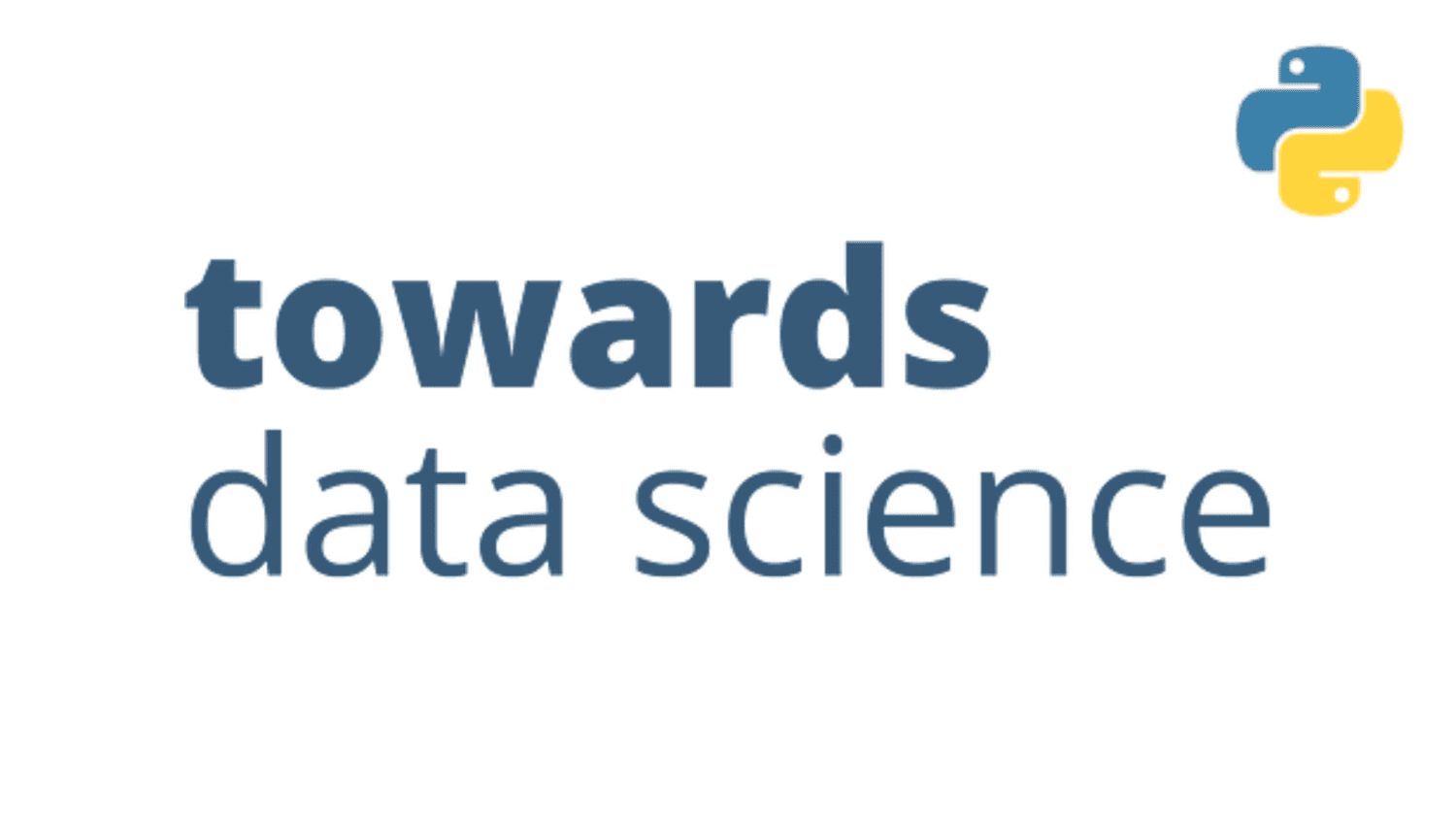
Building PCA from the Ground Up
Supercharge your understanding of Principal Component Analysis with a step-by-step derivation

Supercharge your understanding of Principal Component Analysis with a step-by-step derivation
Artificial Intelligence (AI) and Machine Learning (ML) have become transformative technologies across various industries. To keep up with the fast-paced advancements in the field, professionals and enthusiasts alike seek comprehensive training courses that provide in-depth knowledge and hands-on experience. In this article, we have curated a list of 100 training courses on AI and ML, covering various topics, skill levels, and application areas. Whether you are a beginner or an experienced practitioner, these courses will help you stay at the forefront of AI and ML developments.
Interfaces for exploring transformer language models by looking at input saliency and neuron activation. Explorable #1: Input saliency of a list of countries generated by a language model Tap or hover over the output tokens: Explorable #2: Neuron activation analysis reveals four groups of neurons, each is associated with generating a certain type of token Tap or hover over the sparklines on the left to isolate a certain factor: The Transformer architecture has been powering a number of the recent advances in NLP. A breakdown of this architecture is provided here . Pre-trained language models based on the architecture, in both its auto-regressive (models that use their own output as input to next time-steps and that process tokens from left-to-right, like GPT2) and denoising (models trained by corrupting/masking the input and that process tokens bidirectionally, like BERT) variants continue to push the envelope in various tasks in NLP and, more recently, in computer vision. Our understanding of why these models work so well, however, still lags behind these developments. This exposition series continues the pursuit to interpret and visualize the inner-workings of transformer-based language models. We illustrate how some key interpretability methods apply to transformer-based language models. This article focuses on auto-regressive models, but these methods are applicable to other architectures and tasks as well. This is the first article in the series. In it, we present explorables and visualizations aiding the intuition of: Input Saliency methods that score input tokens importance to generating a token. Neuron Activations and how individual and groups of model neurons spike in response to inputs and to produce outputs. The next article addresses Hidden State Evolution across the layers of the model and what it may tell us about each layer’s role.
Data science is an ever-evolving field that relies heavily on data tools and libraries to process, analyze, and visualize massive datasets. As the demand for data-driven insights continues to grow, data scientists need powerful tools and libraries that can handle complex computations efficiently. In this article, we will explore the top 50 data tools and libraries for data science, based on information from various sources such as Analytics Insight, Simplilearn, and DataCamp.
In the world of machine learning, data is often considered the lifeblood of any successful model. The quality and suitability of the data used for training and testing can greatly impact the performance and accuracy of machine learning models. Data preprocessing and feature engineering are crucial steps in the machine learning pipeline that involve transforming raw data into a format that can be effectively utilized by models. In the context of MLOps (Machine Learning Operations), efficient data management practices play a vital role in ensuring the success of machine learning projects. In this article, we will explore various strategies for efficient data preprocessing and feature engineering in MLOps.
We will cover often-overlooked concepts vital to NLP, such as Byte Pair Encoding, and discuss how understanding them leads to better models.
